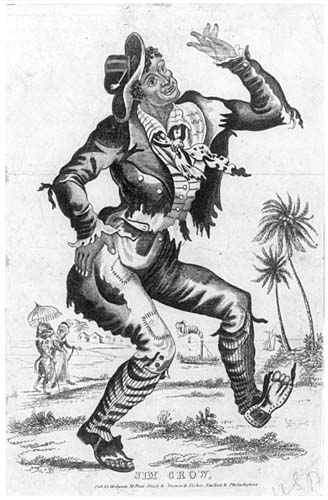Venue Type & Location
Lecture Hall
Overview
Performance History
Please see the 'Bibliographic Sources' link at right for a complete listing of materials (both primary and secondary) from which the above information was compiled.
Beth Marquis
Troupes at Free Trade Hall
| Film | Affiliated people | Film Type | # of event(s) |
|---|---|---|---|
| Ethiopian Serenaders (1846-48) | Dumbolton, James A. | Minstrel | Definite Ethiopian Serenaders (1846-48) |
| Ethiopian Serenaders (1846-48) | Pell, Gilbert W. | Minstrel | Definite Ethiopian Serenaders (1846-48) |
| Ethiopian Serenaders (1846-48) | Stanwood, Moody | Minstrel | Definite Ethiopian Serenaders (1846-48) |
| Ethiopian Serenaders (1846-48) | White, W. | Minstrel | Definite Ethiopian Serenaders (1846-48) |
| Ethiopian Serenaders (1846-48) | Harrington, George | Minstrel | Definite Ethiopian Serenaders (1846-48) |
| Ethiopian Serenaders (1846-48) | Germon, Francis | Minstrel | Definite Ethiopian Serenaders (1846-48) |
| Ethiopian Serenaders (1848-49) | Valintine, J.W. | Minstrel | Definite Ethiopian Serenaders (1848-49) |
| Ethiopian Serenaders (1848-49) | Briggs, T.F. | Minstrel | Definite Ethiopian Serenaders (1848-49) |
| Ethiopian Serenaders (1848-49) | Pell, Gilbert W. | Minstrel | Definite Ethiopian Serenaders (1848-49) |
| Ethiopian Serenaders (1848-49) | Ludlow, M.C. | Minstrel | Definite Ethiopian Serenaders (1848-49) |
| Ethiopian Serenaders (1848-49) | Juba, | Minstrel | Definite Ethiopian Serenaders (1848-49) |
| Ethiopian Serenaders (1848-49) | Irwin, J.H. | Minstrel | Definite Ethiopian Serenaders (1848-49) |
| Ethiopian Serenaders (1848-49) | Everton, J.H. | Minstrel | Definite Ethiopian Serenaders (1848-49) |
| No Troupe | Definite No Troupe | ||
| Southern Delineators, The (1851) | Washington, Price | Minstrel | Definite Southern Delineators, The (1851) |
| Winterbottom | Winterbottom, Miss | Vocal Entertainment | Definite Winterbottom |
Events at Free Trade Hall
| Event | Date | Venue Location | Film |
|---|---|---|---|
| Concert | - | Manchester, Lancashire | Winterbottom |
| Minstrel Show | - | Manchester, Lancashire | Ethiopian Serenaders (1846-48) |
| Minstrel Show | - | Manchester, Lancashire | Southern Delineators, The (1851) |
| Minstrel Show | - | Manchester, Lancashire | Ethiopian Serenaders (1848-49) |
| Minstrel Show | - | Manchester, Lancashire | Ethiopian Serenaders (1848-49) |
| Exhibition | - | Manchester, Lancashire | No Troupe |

